
Construction Guardrail and Railing
Falls are the leading cause of death in the construction industry, making fall protection critical on any job site. Construction guardrail systems are ideal for building temporary safety railing on residential or commercial construction projects. Railings are a great option for construction sites where things change on a daily basis. Construction safety railings are easy to install, come in a wide variety, and can be reused on different job sites.
All engineered railing systems are designed to meet OSHA requirements for construction, providing you peace of mind that your people and your job site are secure.
What to Look for When
Selecting Construction Railing
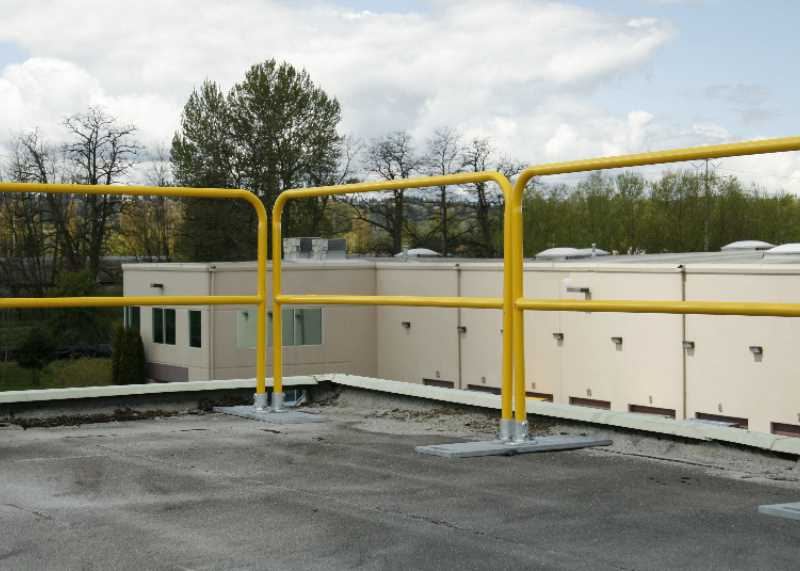
Quick Tip for Compliance
The type of construction taking place will dictate the required fall protection needed to keep your employees safe and your job site compliant. If a guardrail system is used as fall protection it must comply with the following provisions:
Compliant Construction Railing Must:
- The top rail must be between 39 and 45 inches above the working or walking surface.
- Midrails, screens, mesh, and intermediate vertical members must be installed If there is not a parapet that is 21 inches
- Guardrail systems must withstand up to 200 pounds of force applied, within 2 inches of the top rail, in any direction.
It is important to note that you should always follow the manufacturer's installation instructions.
Types of Construction Railing
There are three main types of railing that can be used in construction: free-standing guardrail, railing that clamps or hooks to the leading edge, or mounted temporary railing. All are OSHA compliant and will protect workers as long as they are installed based on the manufacturer's recommendations.
Three Main Railing Types:- Free-Standing Temporary Guardrail: Weighted-based make for an easy installation
- Railing That Clamps or Hooks to The Edge of the Working Surface
- Mounted Temporary Railing: Fixed-on to the Exposed Edge
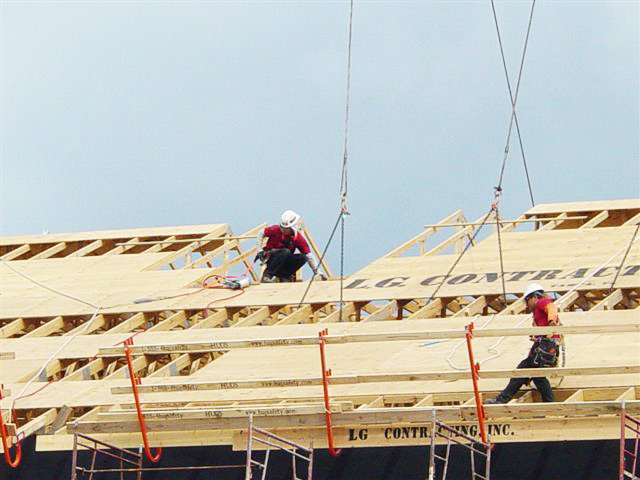
The staff is very knowledgeable and looks to find the best solution for your request. They make sure that before an order is placed, all areas have been covered and the customer is completely satisfied.
Bill F.
Construction Railing
That
Meets Industry Standards
- OSHA Standard 1926
- OSHA Standard 29 CFR 1926.501
- OSHA 29 CFR 1926.502
- International Building Code Section 1015
- International Building Code Section 1607.8
- Canadian National Building Code 4.1.10.1(1)(e), 4.1.10.1(2), 4.1.10.1(4)
- Ontario Building Code Section 4.1.10.1(1)(b), 4.1.10.1(2), 4.1.10.1(4)
- HSG-33 Health & Safety in Roof Work
- HSE Specialist Report No 15: 1988
- HSE Sheet 21 “Working on Flat Roofs Protection Against Falls"
- BS 6399: Part 2 1995 Wind Code
Helpful Construction Safety Articles
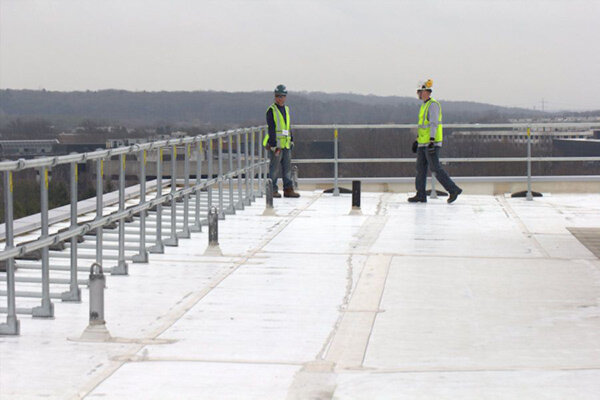
Construction Site Fall Protection Guide
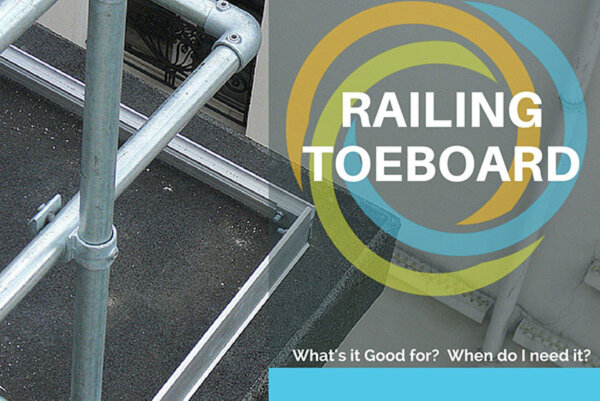
Construction Railing Buyers Guide
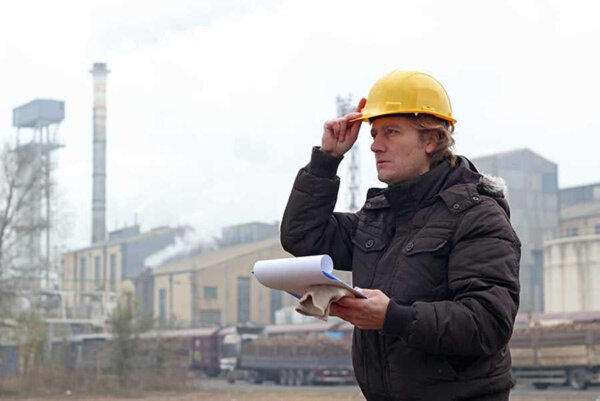
4 Types of Active Fall Protection
Construction Railing FAQs
At what height is fall protection required for construction?
What is a leading-edge and when does it require fall protection?
Can a warning line be used in construction instead of railing?
Are toeboards required in construction?
Let's Talk About Your Construction Railing Needs
